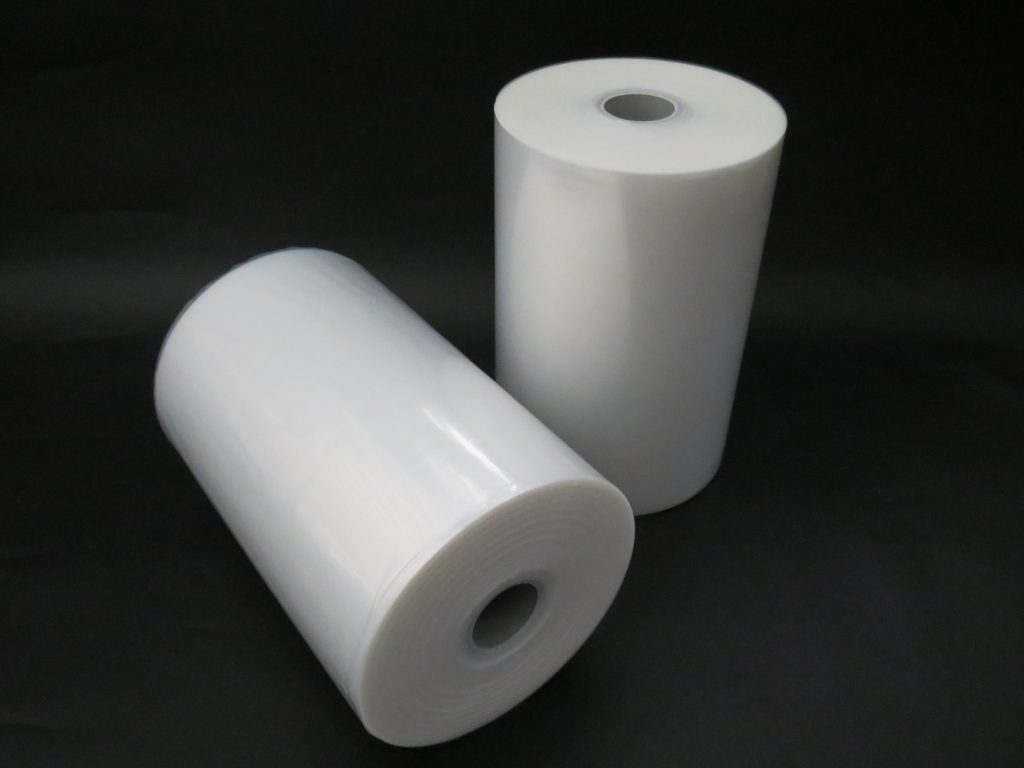The shrinkage rate of PE shrink film manufacturer|Transparent LDPE shrink supplier|Shrink film for bottled beverage refers to the percentage by which the film contracts or shrinks when exposed to heat. This property is essential in various packaging applications where heat shrinkable films are commonly used to wrap and protect products.

The shrinkage rate is typically expressed as a percentage and can vary depending on the specific type and formulation of the PE shrink film. Different materials and manufacturing processes result in different shrinkage characteristics. Shrinkage rates can range from around 5% to 70% or more, depending on the application requirements.
It’s important to note that there are two main types of shrinkage rates associated with PE shrink film manufacturer|Transparent LDPE shrink supplier|Shrink film for bottled beverage:
- Longitudinal Shrinkage: This refers to the shrinkage along the length of the film. It is the percentage by which the film contracts in the machine direction.
- Transverse Shrinkage: This refers to the shrinkage across the width of the film. It is the percentage by which the film contracts in the cross-machine direction.
Manufacturers of PE shrink film manufacturer|Transparent LDPE shrink supplier|Shrink film for bottled beverage provide specifications on the shrinkage rates of their products. Users need to consider these specifications when choosing a particular film for a specific application to ensure that the film will conform appropriately to the shape of the product when subjected to heat.
The heat shrinkage process is activated by exposing the film to a heat source, such as hot air or a heat tunnel. The film then conforms to the shape of the product being wrapped, providing a tight and secure package.
